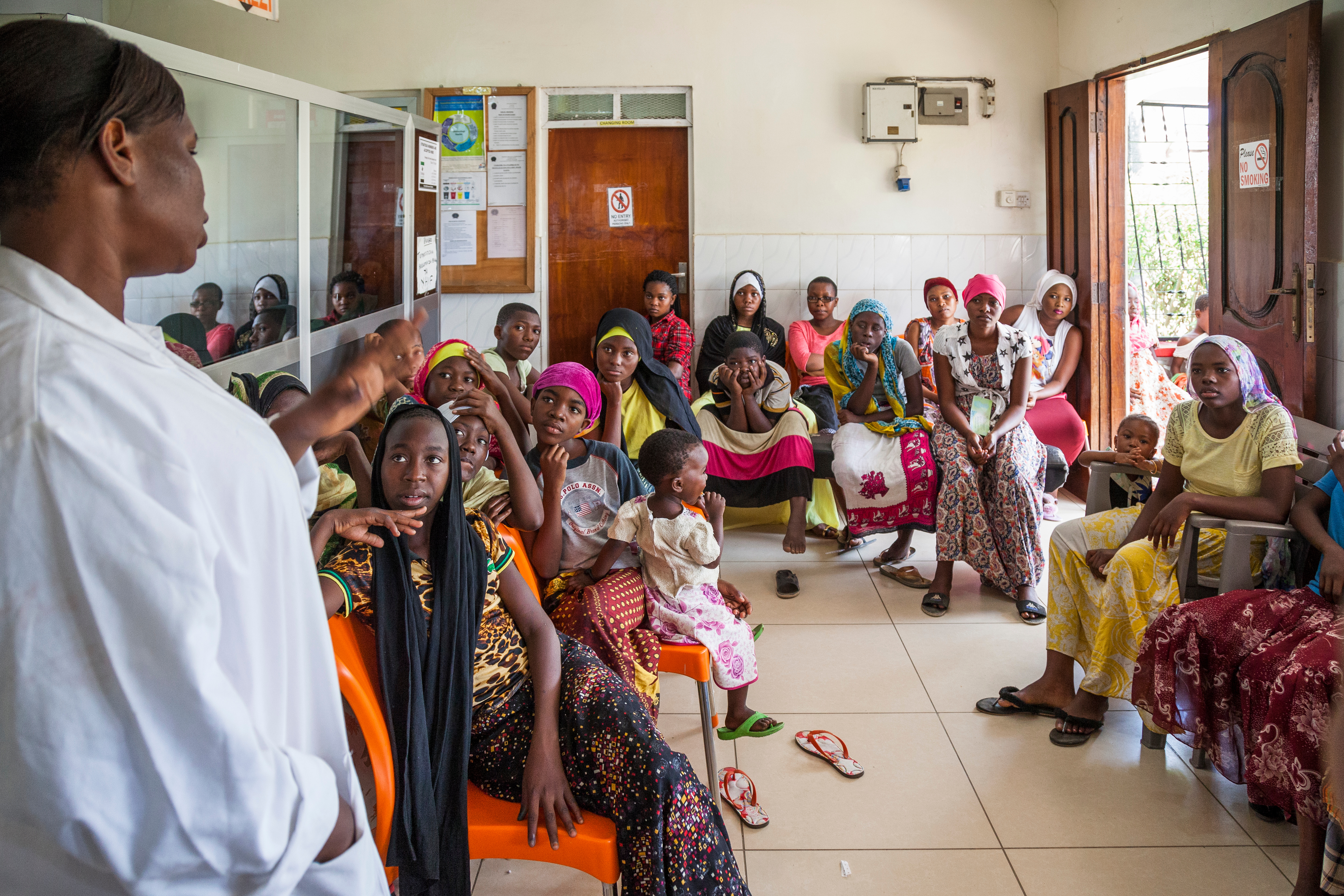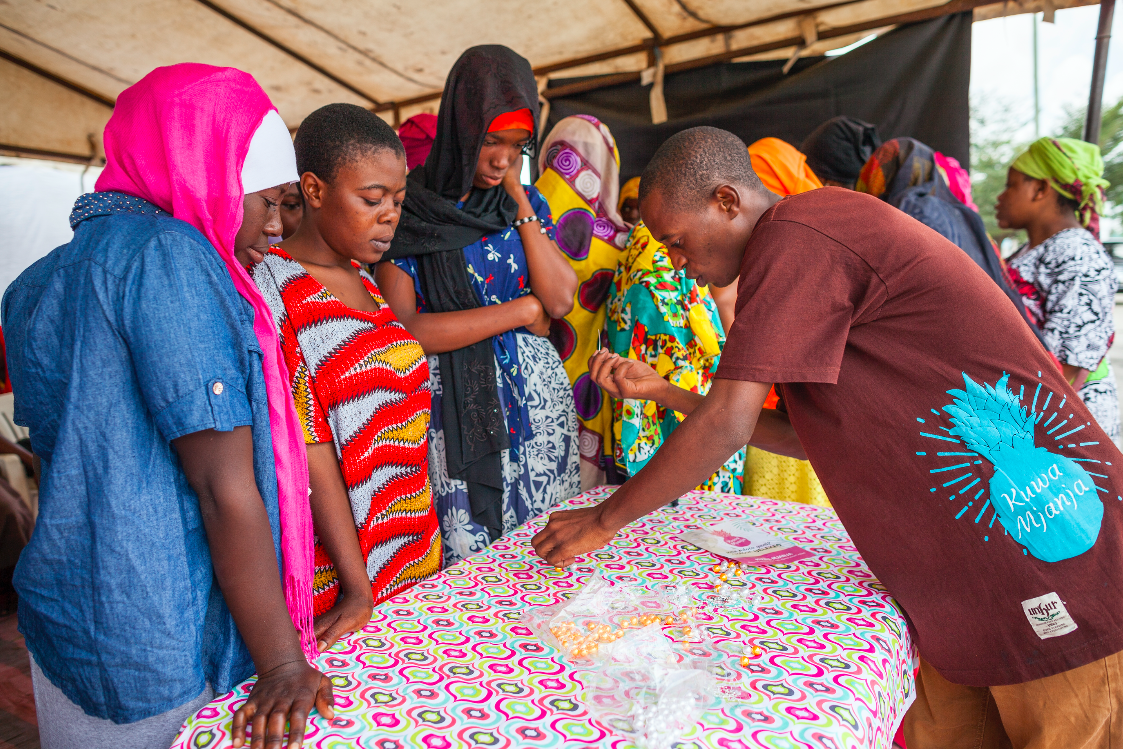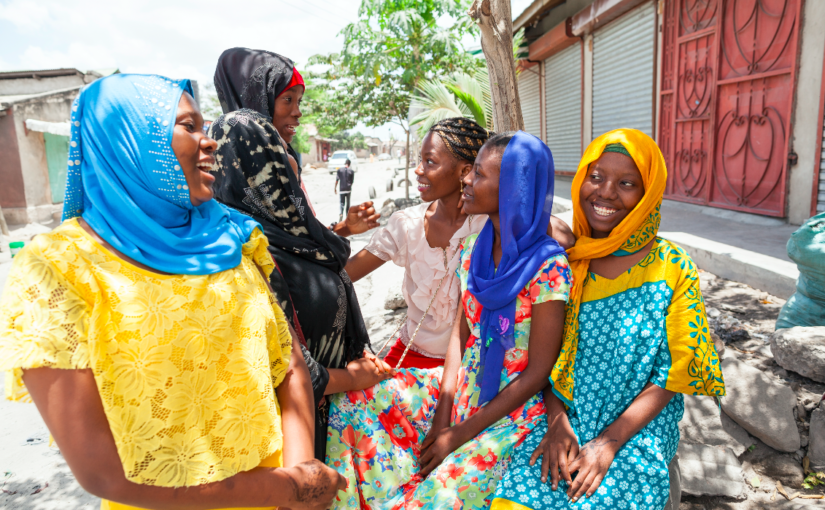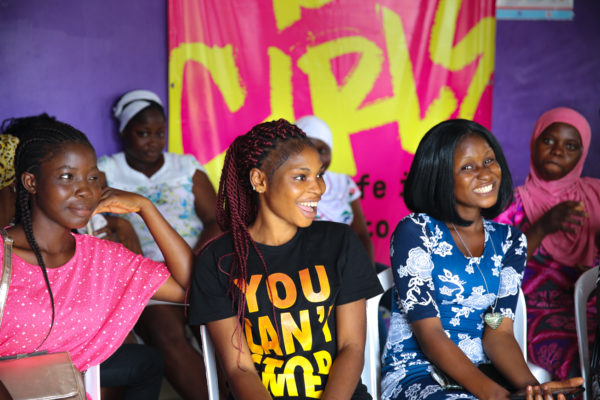This blog series is a part of the A360 Open Source, a treasure chest of learnings and tools that you can apply as we work, together, to drive youth-powered sexual and reproductive health breakthroughs.
When it comes to meaningful youth engagement (MYE) in adolescent and youth sexual and reproductive health (AYSRH) programming, the investment can be high and the outcomes, slow.
But when done right, the benefits reap dividends.
Based on our experiences through PSI’s youth-powered programming, we’ve learned that the proper structure and resources—layered with a dose of patience – set teams up to engage young people in a way that delivers value not only for the young people themselves, but for projects as a whole.
We talked to PSI’s MYE mavens: Edwin Mtei, the Tanzania Project Manager for PSI’s flagship youth-powered AYSRH project Adolescents 360 (A360), Arnold Kabahaula, A360 Tanzania’s Learning Coordinator, and Claire Cole, Implementation Science and Learning Advisor at PSI, for their take on how to get MYE right based on their experience in A360.
1. What does it really take to make MYE worth the while?
Edwin Mtei: Involving young people on our project teams means carving time to set young people up for success to work on program and technical areas that are often unfamiliar to them. In a fast-paced project, that means program teams need to be prepared to slow down and put in the necessary time and resources.
Given this resource intensity, projects can’t do MYE with the same intensity at all times. We have to identify when to slow down, so we ask ourselves: when are young people’s insights and contributions mutually valuable to young people, themselves – and to the project? There isn’t a one-size-fits all answer to this.

2. Slowing down and moving fast is a balancing act. How can young people play consistent roles across various streams – and paces – of a project?
Arnold Kabahaula: No matter the point in a project, young people need formal, recognized roles to play. In A360 Tanzania, young people were engaged throughout the design period as researchers, analysts, and designers. And now, in implementation, they have evolved into key members of our adaptive management and program quality teams. When you’re aiming for adolescent-responsive programming, doing that in partnership with youth is key.
3. How can young people’s participation support tangible outcomes for AYSRH projects?
Kabahaula: By engaging them as core members of the team.
For example, in A360 Tanzania we didn’t want to abandon our commitment to ensuring that girl’s experiences inform and shape our continuous improvement efforts.
We have used a variety of ways to do this, and most recently landed on youth “SWAT” teams made up of young people we recruit and train to act as on-site “eyes” into implementation quality from the perspective of adolescents. (*The team’s use of SWAT is a play on the acronym for the 1964 specialized unit in the Philadelphia Police Department!)
SWAT teams were also a response to the previous method of (adults) collecting observations from young consumers, and compiling it all for analysis by adult team members. That process as complex and slow. Our question was how could we– in partnership with young people– make the process of generating youth perspective on our implementation faster, lower effort, and even more informative?
Now, the goal is for our SWAT team members to authentically represent girls’ experiences at our events and use their observations and real-time conversations with girls to make recommendations to our regional and central teams about how to optimize our implementation. Adjustments are quick, and directly enhance the consumer experience. It’s a useful innovation to support adolescent–responsive programming and is in line with PSI’s commitment to consumer-powered healthcare.
The data points to the value. Since bringing the SWAT team on board, and through additional efforts to increase our coverage, we’ve grown our monthly adopter count to more than 20,000 girls aged 15-19 who voluntarily take up contraception through our events per month.

4. How has the youth-led SWAT team ensured girls’ experiences inform A360’s journey in the pursuit of scale?
Kabahaula: In so many ways.
Kuwa Mjanja follows two models: one where we host pop-up, girls-only events in communities, and the other in which we embed our activities within a clinic. But the challenge with the latter lies in how we continue to deliver a girl-powered experience in a setting that is not tailored to girls alone.
For example, during one of our clinic events, a SWAT team member observed that girls were entering the event through the front of the clinic, where all clients enter – and then wait – for services. While girls hadn’t reported this as an issue, our SWAT team member quickly observed a way to improve girls’ experiences by working with the facility to re-route their client flow. The SWAT team member shot a note on WhatsApp commenting on her observation; A360 Young Designers responded immediately – how about having adults enter from the back of the clinic, instead?
And just like that, the adaptation was implemented, and the kink in programming was caught real-time. All because a young SWAT team member – who can really step into the lived experiences of the girls we serve – had the authority and tools to flag the issue and course correct with us.
5. SWAT teams are an example of Adaptive Implementation in action. But a few steps back: what is Adaptive Implementation?
Claire Cole: Adaptive Implementation is a systematic approach we use to make sure that our implementation maintains fidelity to the unique user-experience we’ve designed for girls.
We use diverse types of evidence to monitor girls’—plus partners’ and providers’ – experiences with our programming in real-time. This continuous analysis allows us to replicate what is working, and adjust what isn’t as we scale, ensuring girls’ voices and concerns are at the center of our decision-making, every step of the way.
Adaptive Implementation is tailored to work in each team’s unique context, so it can tend to look different across our A360 countries. But the key ingredients are always the same: frontline-focused, team-owned, done in partnership with young people and our local partners, and fueled by curiosity and a constant desire to deliver for girls and the local health system actors they rely on.

6. How do you staff up for Adaptive Implementation? What makes a great hire?
Kabahaula: Well, honestly we’re all probably a little bit crazy… and we’re also always curious. When we hire for adaptive implementation, we look for problem–solvers. We look for people with a passion for youth programming, and we look for people who can switch between thinking big picture and thinking through details, quickly. We don’t want the inevitable small constraints to stop us from unlocking doors to great gains.
Cole: Basically, once you acknowledge that you want to stay curious and keep improving, you need a clear breadcrumb trail to follow—clear tools and Technical Assistance (TA) help to stay the course. Great TA providers help make seeing the complexity feel empowering, where often it can otherwise feel overwhelming.
How do we do that?
Great TA providers in Adaptive Implementation can help teams stand in the middle of complexity (that might at times feel like chaos!) and chart a clear course forward. Part of this is leaving clear tools and plans in place to keep everyone grounded. We’re adapting, but not just for adapting’s sake. We’re adapting for fidelity to the experience we’ve committed to providing for girls.
- Adaptation guidelines help us agree as a team on what we’re trying to maintain fidelity to
- And data plans ensure they can routinely analyze the information that matters most.
7. What value has Adaptive Implementation brought to your work?
Mtei: It’s a powerful process. It reduces the bottlenecks to making the changes integral to ensuring our programming stays true to the needs of girls, and the health systems in which they rely on. It provides a structure to dig into real-time qualitative insights and quantitative data so we can identify solutions to challenges and customize programs to remain relevant. Plus, it encourages us to get creative and explore different ways to incorporate youth-adult partnerships that balance the value for money versus the impact drawn from meaningfully engaging young people on our project team.

Looking for youth-powered tools to guide meaningful youth engagement?
Dive into the resources you can use, today, in the A360 Open Source’s Adaptive Implementation section.






